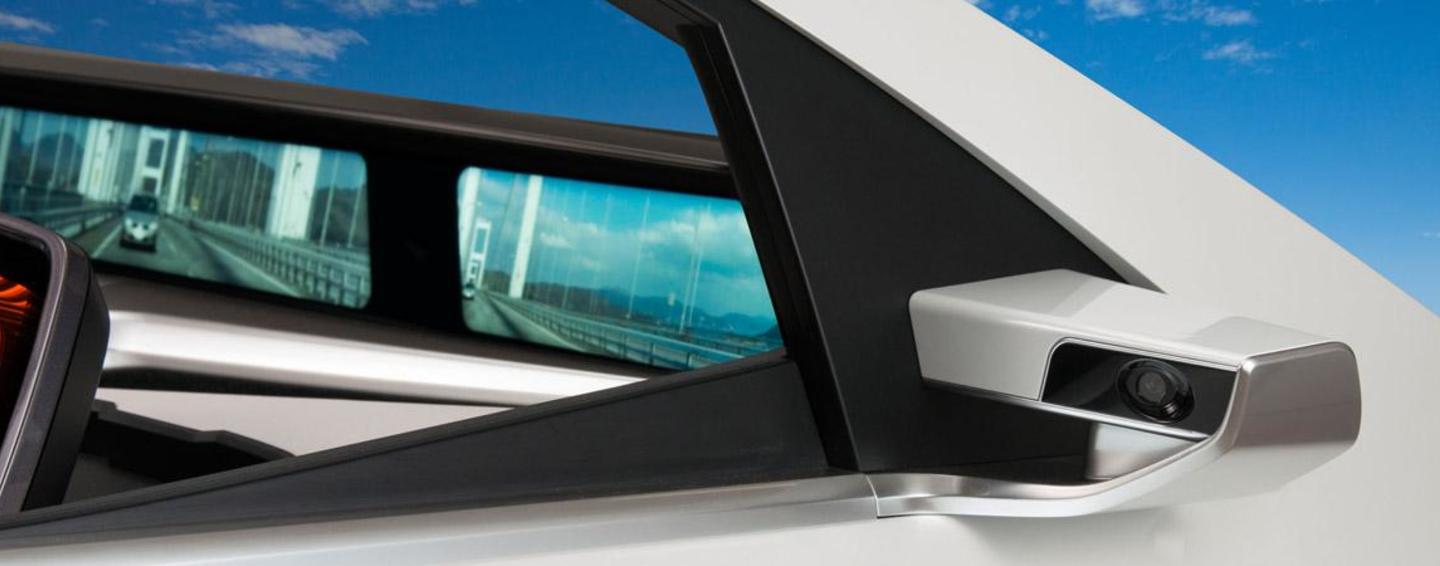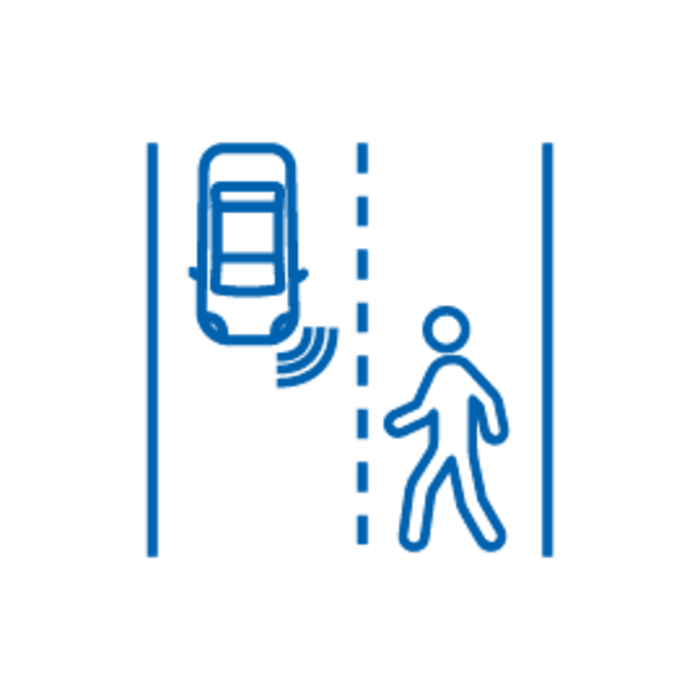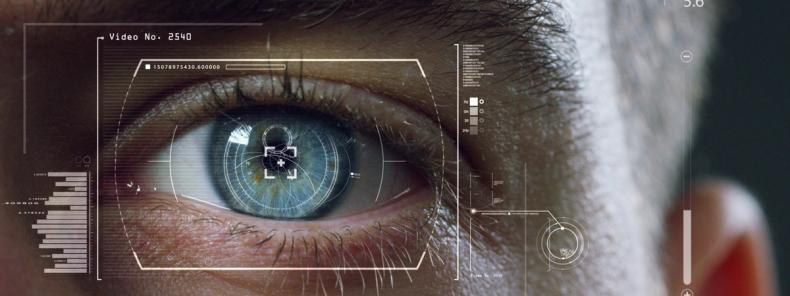
Elevating your senses for your future drive
Today’s autos help detect and react to the surrounding world thanks to advanced vision and sensing technologies. Ranging from camera to image processing to sensors, our tech is allowing drivers to see today’s roads more clearly. Panasonic's decades of camera and vision processing expertise in the consumer, security, and movie industry have resulted in technologies which can greatly improve the automotive experience. The result of bringing these into the automotive space means greater reliability of machine vision and better driver information.
Industry leading camera technology
Panasonic Automotive interior and exterior camera systems provide industry leading technology, cost benefits, and packaging capabilities. In addition, new night vision systems provide drivers visibility well beyond the range of high beam headlamps.
Drowsiness-detection technology
Panasonic’s drowsiness-detection technology identifies and predicts a person’s level of drowsiness by accurately measuring the driver’s states without physical contact, including blinking features and facial expressions, etc. captured by an in-vehicle camera, and processing these signals using artificial intelligence. Further, using measurement data from the in-vehicle environment, such as heat loss from the driver, Panasonic’s new technology also predicts transitions in the driver’s drowsiness level. The technology also combines a thermal sensation monitoring function, allowing the driver to stay comfortably awake while driving.
An emotion detection system is embedded within the driver monitoring demonstration video located at the bottom of the page. Using near-infrared camera technology, the system collects facial feature points from the driver to determine his/her state of emotions, such as irritation, happiness or fear, and current drowsiness level.
Panasonic’s newly developed technology, with 22 patents on file, is suitable for applications in human and environment monitoring systems for use in such places as private and commercial vehicles, offices and educational institutions; drowsiness-prediction systems; and drowsiness-control systems for keeping people awake.
Increasing sight distances of the vehicle
Today’s automotive camera and vision technologies would be inadequate without the help of imaging tools to capture and process what is seen. Enabling the ‘eyes’ of the automobile, Panasonic Automotive imaging technology is increasing the distance in which objects can be viewed and the speed by which the image is processed. These advances allow drivers to see further, more clearly, and with greater confidence every day.

Drowsiness detection

Image enhancement

Object detection

Soil detection

Cleaning system

Eye tracking

Image stitching

Pedestrian detection
Intelligent rear view monitoring
Panasonic Automotive has the driver’s back, with rear-view vision and sensing technologies. The smart rear view mirror and camera system is a complete in-house solution providing display, image processing, and camera capabilities. Additionally, recent innovations significantly mitigate LED headlamp flicker and interference from rain and fog.
The smart rear view camera with pedestrian detection comes in a small package for convenient installation. Embedded with a human detection algorithm for pedestrian safety and the ability to provide driver alerts, Panasonic Automotive’s camera sensing technologies allow drivers to move with confidence.
Smart Rear View Camera
- Panasonic proprietary image processing technology
- Small packaging with embedded human detection algorithm means no external ECU/module needed, resulting in lower system cost, smaller packaging and less weight
- Communicates with the driver via smart alerts
Auto Dimming Rear View Mirror
- Adjusts mirror to compensate for bright lights

